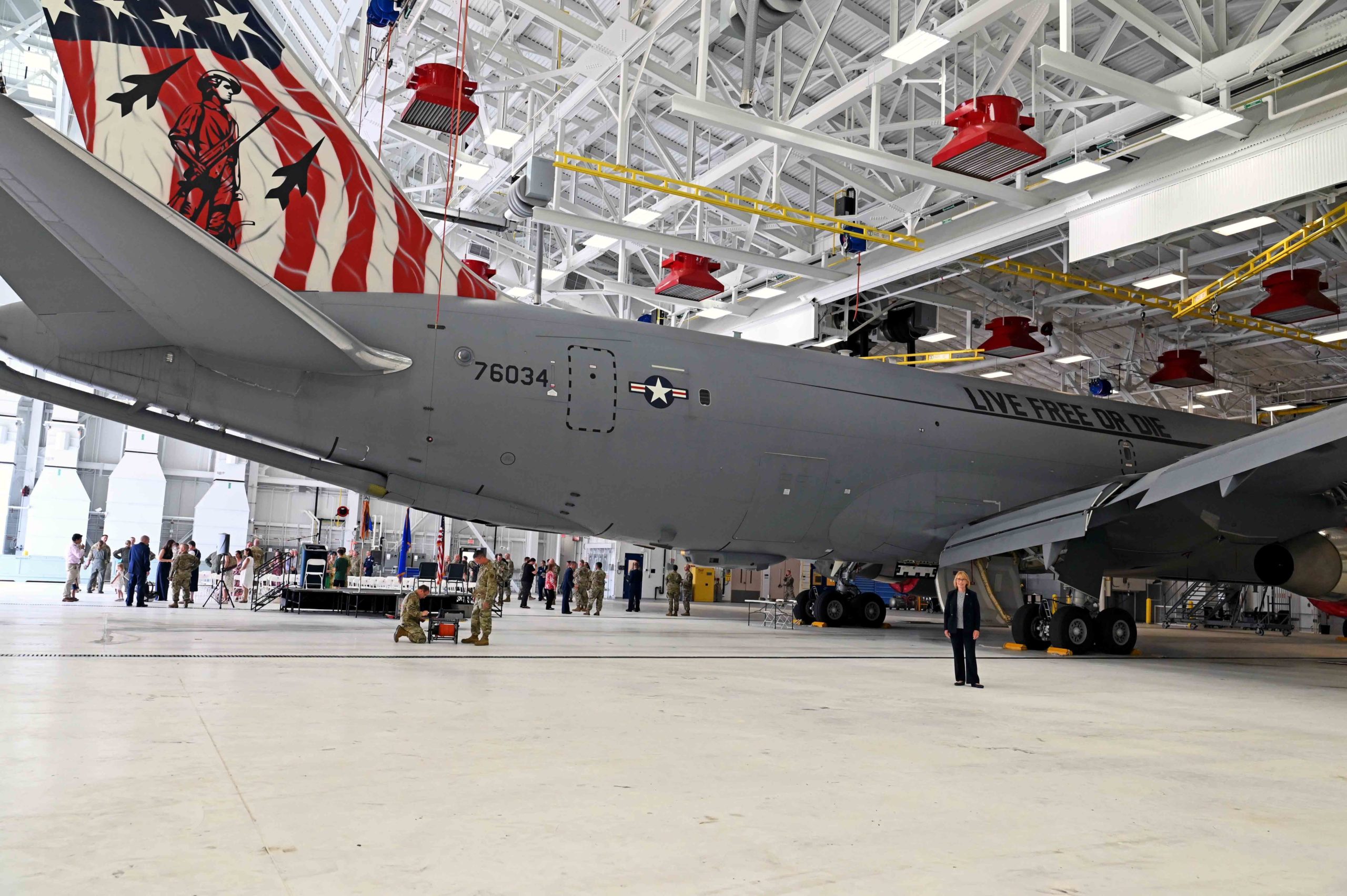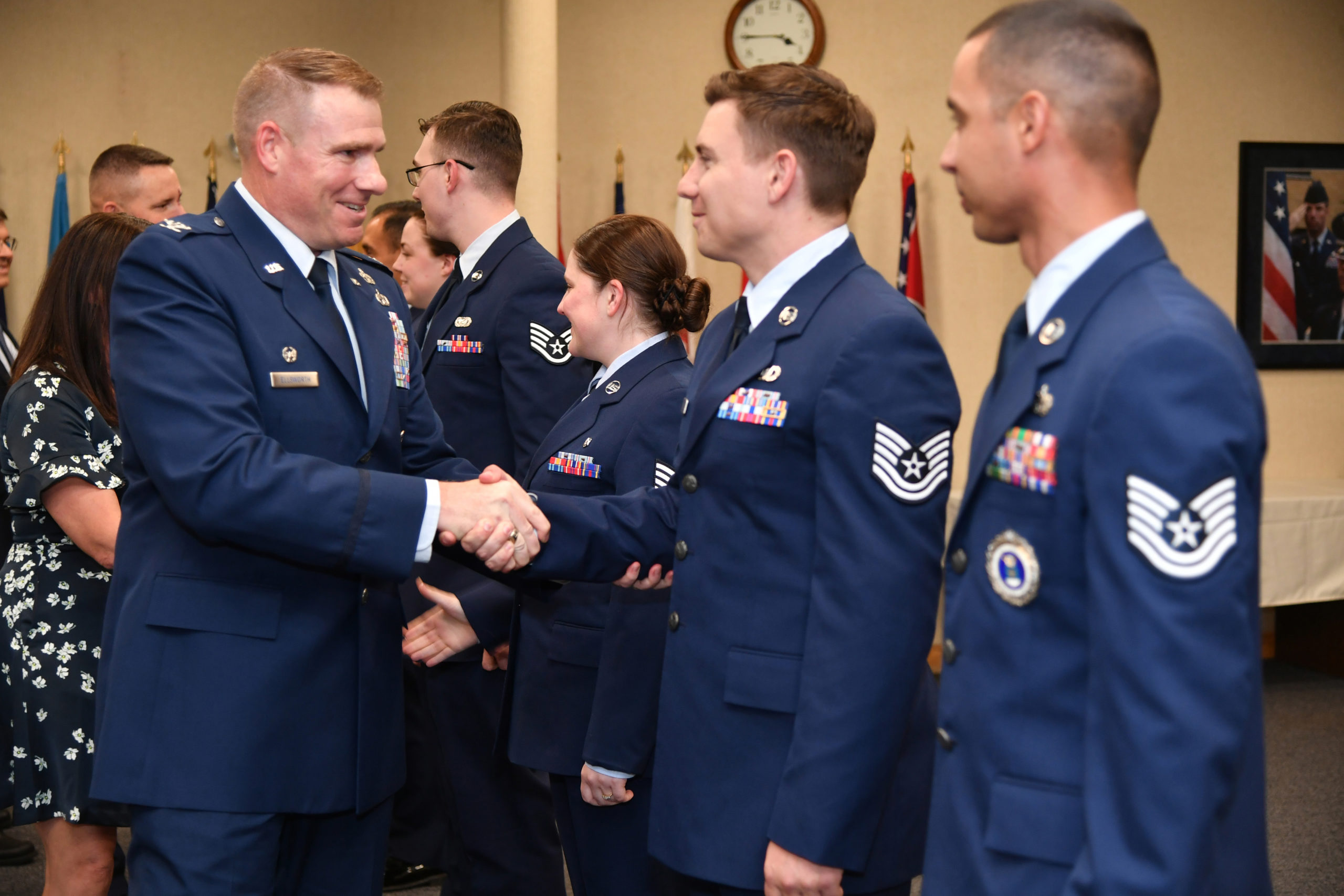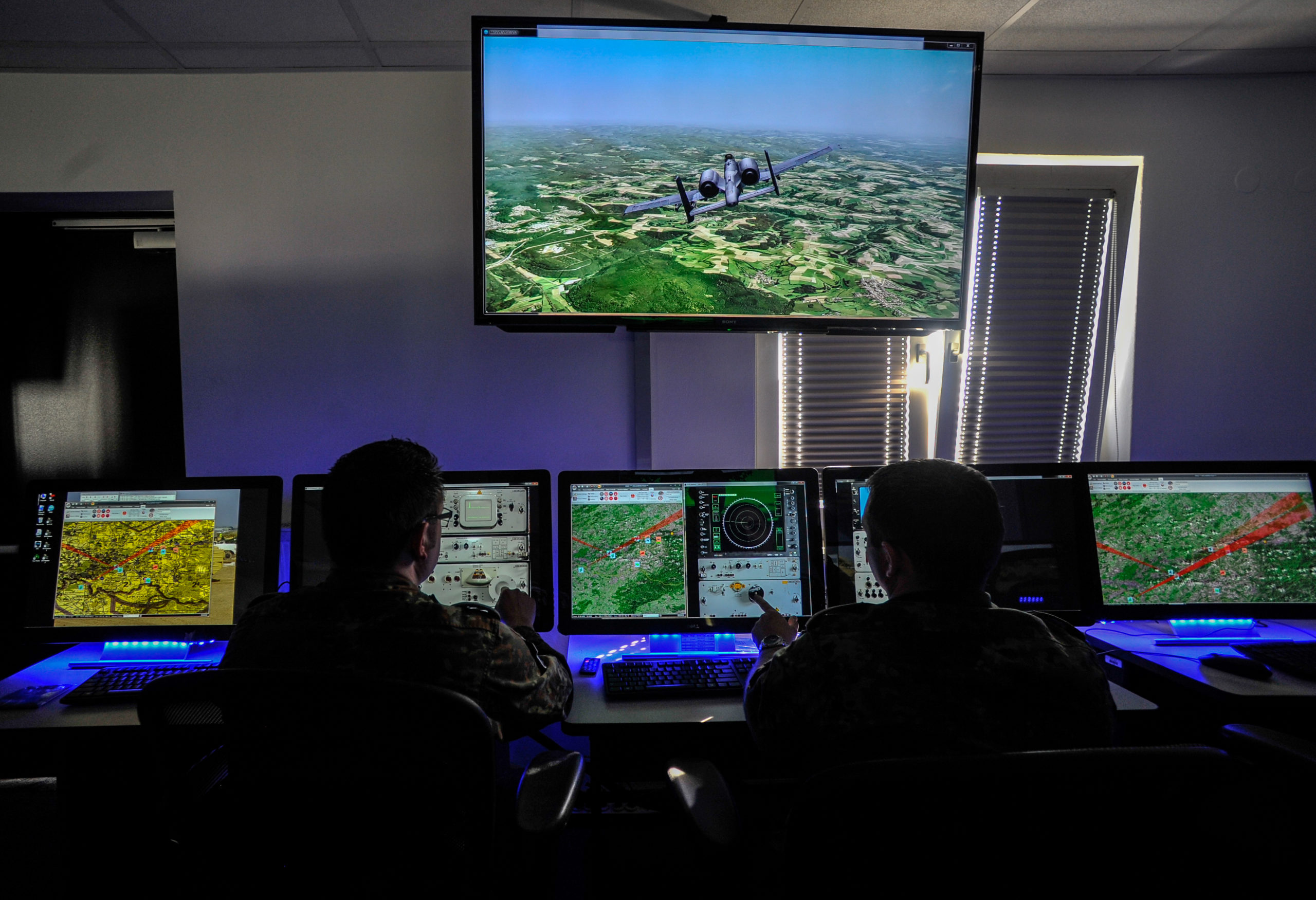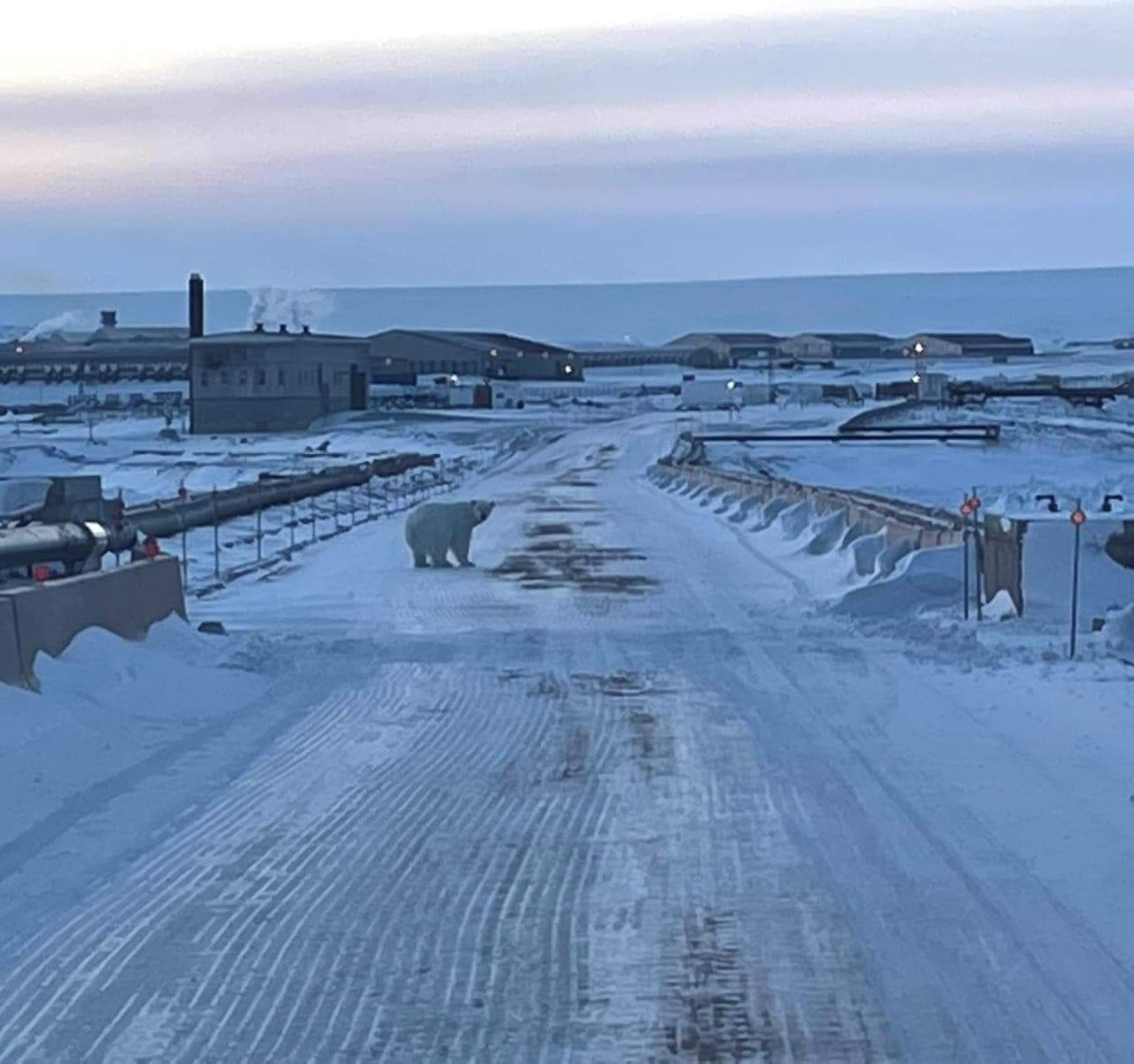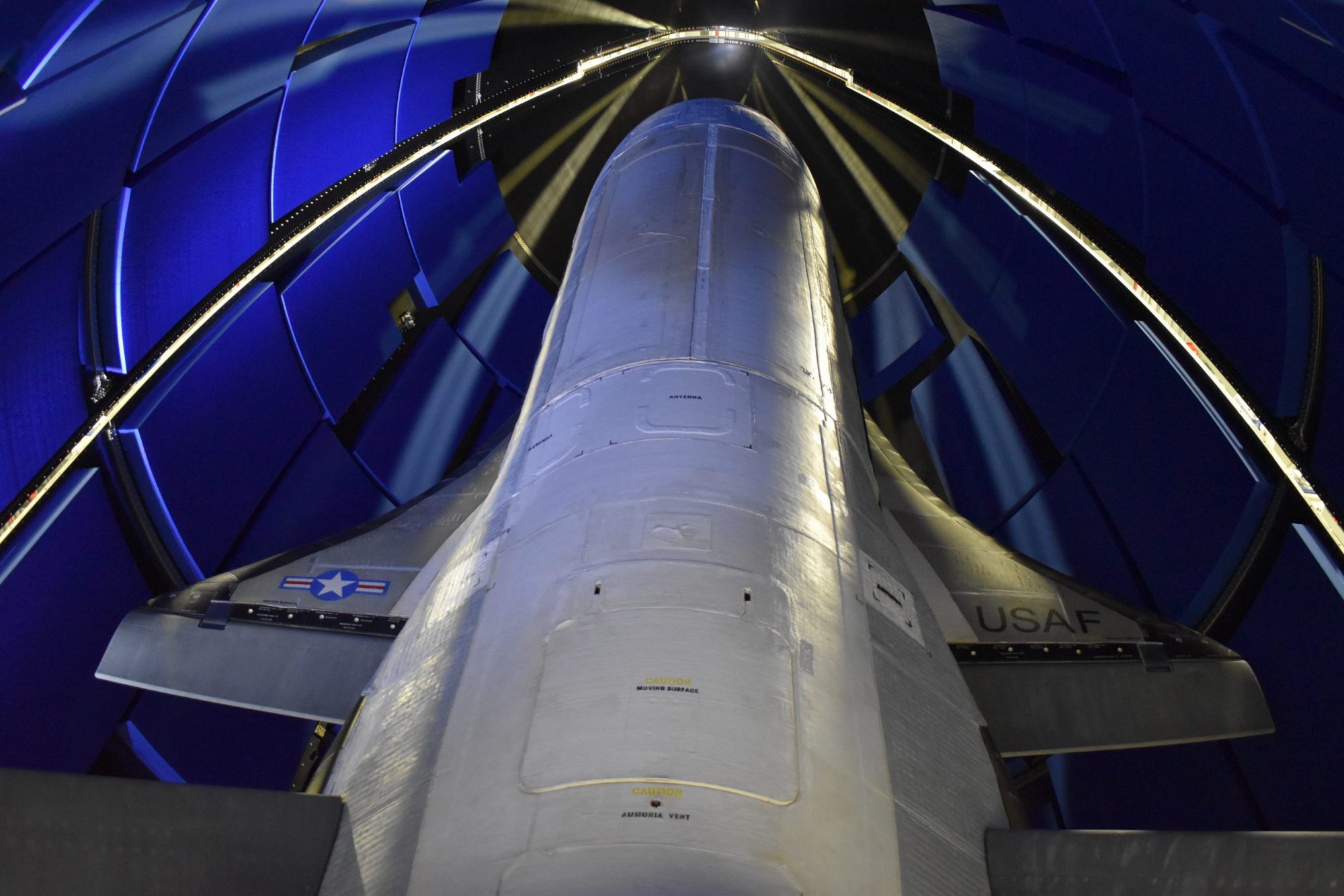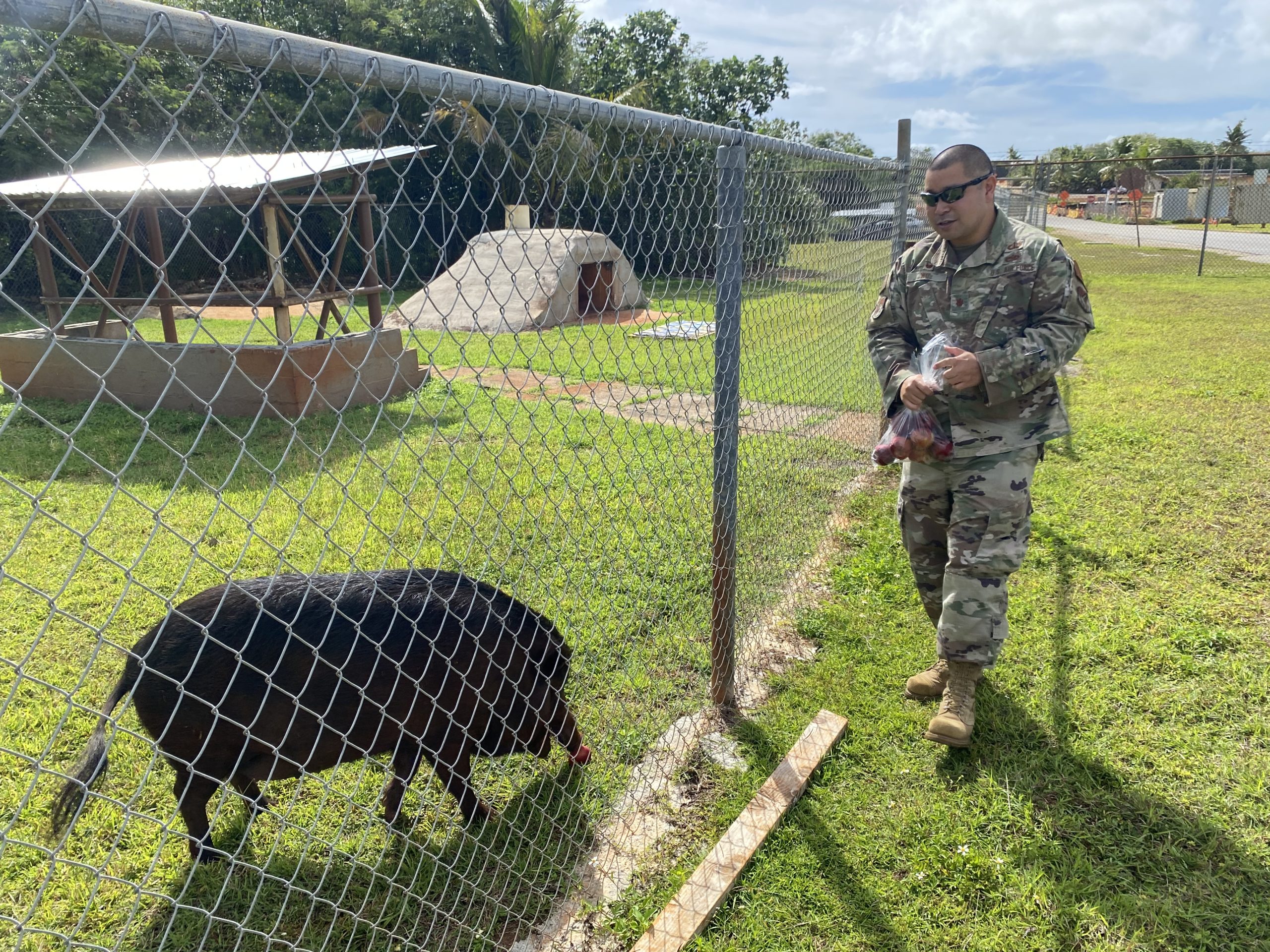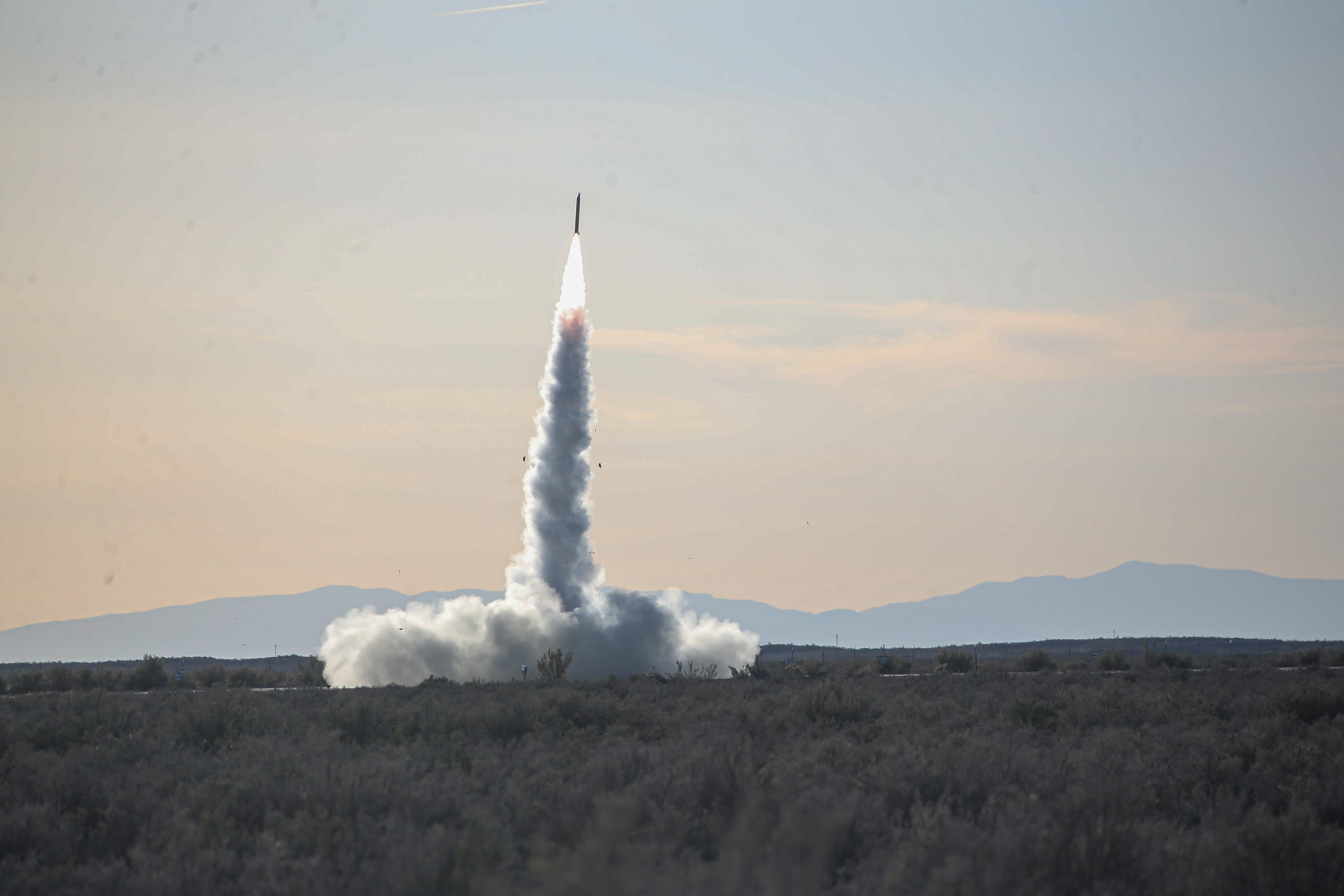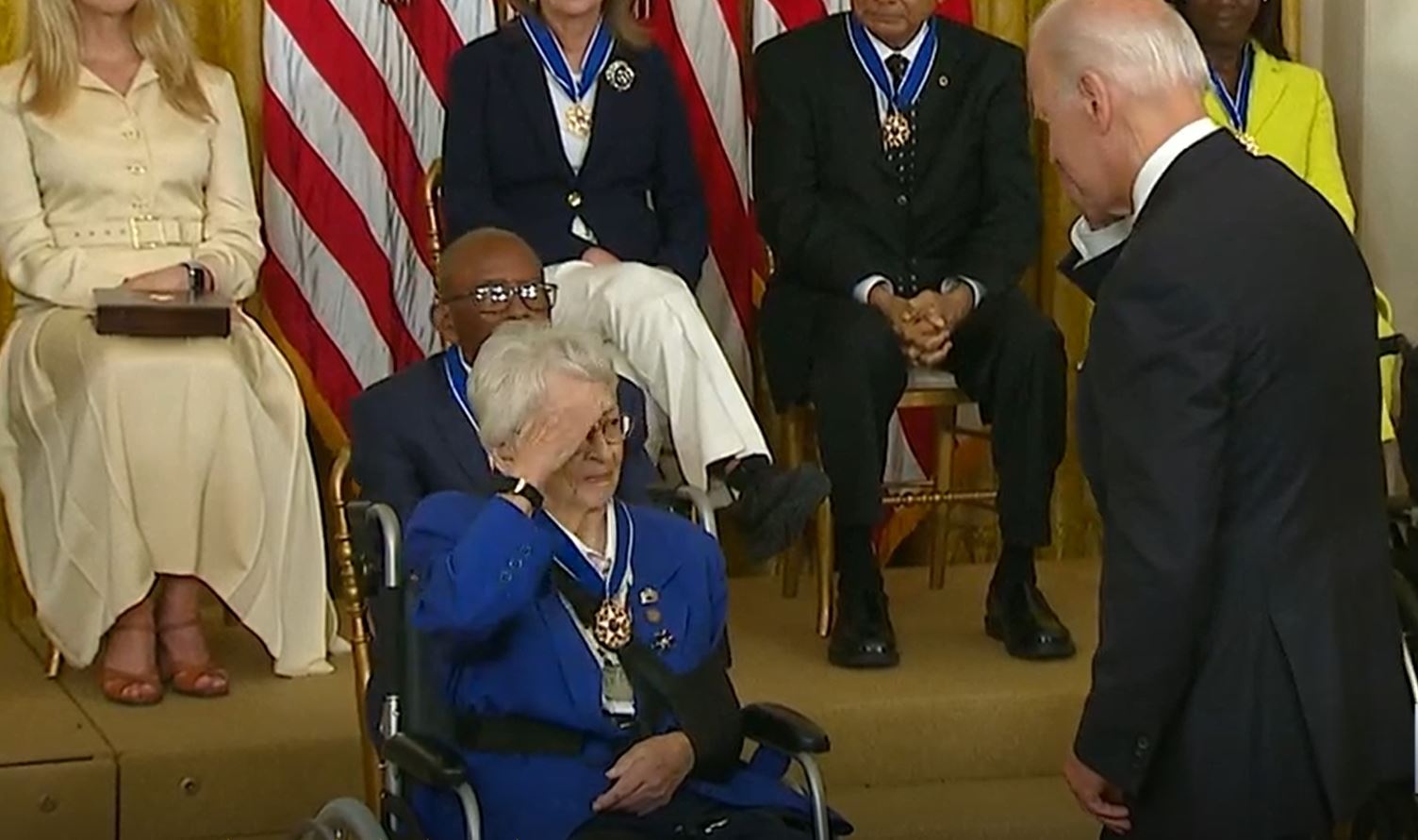Two Active-duty squadrons joined wings of the Air National Guard in ceremonies July 8. The 306th Fighter Squadron became an associate of New Jersey’s 177th Fighter Wing, and the 64th Air Refueling Squadron activated under the auspices of New Hampshire’s 157th Air Refueling Wing.
The approximately 50 Active-duty Airmen of the 306th Fighter Squadron represent the 10th and final fighter squadron to associate with a Guard or Reserve wing under Air Combat Command’s restructuring to achieve the objective of “total force integration,” according to a news release from the New Jersey Air National Guard.
A spokesperson for the wing confirmed that the Active-duty Airmen and their families will move to the area of Egg Harbor Township, N.J., where the wing has its base at Atlantic City International Airport.
Col. Derek B. Routt, commander of New Jersey’s 177th Fighter Wing, called the concept of total force integration “a critical piece of our nation’s combat readiness” in the release. The new squadron’s maintainers, pilots, and support personnel will become “fully integrated” into the wing and “support the increased maintenance requirements of the 177th’s F-16 Fighting Falcon aircraft fleet, bolstering the fleet’s flying combat readiness.”

Assigning Active-duty personnel to the wing allows Air Combat Command (ACC) to gain “more experienced fighter pilots,” while the Guard or Reserve unit on the receiving end “benefits from the infusion of people and flying hours provided by the regular Air Force,” said Lt. Col. Anthony M. Mulia, deputy commander of ACC’s 495th Fighter Group, which is supplying the Active-duty personnel to the Guard wing.
In such a relationship, called an Active association, the Active-duty Air Force provides personnel while the host Guard or Reserve wing supplies the equipment, according to the release.
At Pease Air National Guard Base in Newington, N.H., the 64th Air Refueling Squadron reactivated July 8 to fly KC-46 refueling missions under the state’s 157th Air Refueling Wing with its 12 Pegasus tankers. The 64th ARS was originally at Pease “in support of the since-divested KC-135,” according to a news release.
“We couldn’t be more excited to have you all back,” said Maj. Gen. David J. Mikolaities, adjutant general of the New Hampshire National Guard, in the release, while also recognizing the support of the state’s congressional delegation. The new squadron will amount to about 160 Airmen by December 2023.
The wing displayed one of its KC-46s nicknamed “Spirt of Portsmouth” for the ceremony, its tail painted red, white, and blue and overlaid with a 16-foot-tall National Guard Minuteman logo.
